Top 100 Courses in the World: GOLF’s 2020-21 ranking of the best golf courses on the planet

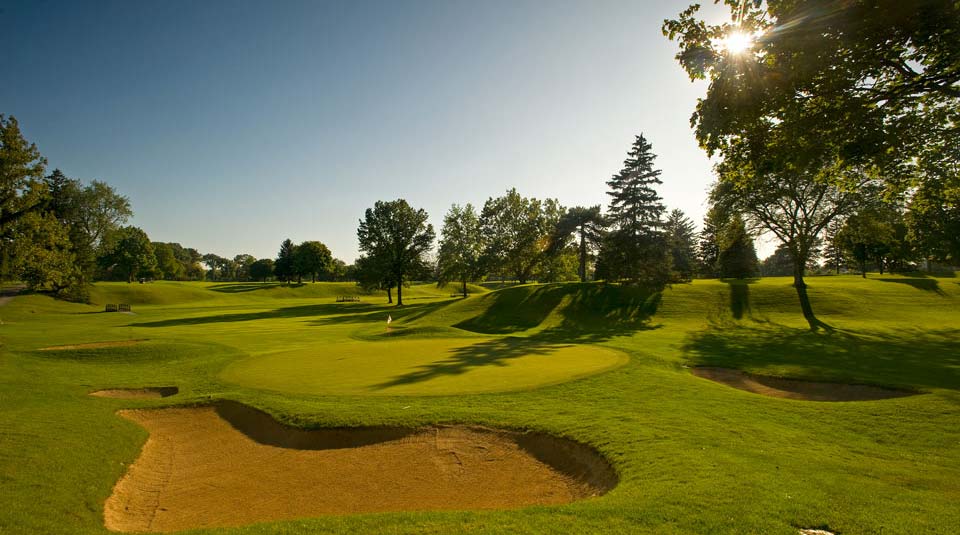
Toledo, OH Donald Ross, 1919/Andrew Green, 2017
A marvelous collection of Donald Ross-designed par-4s set the stage for two of Greg Norman's most crushing defeats, the first when Bob Tway holed a bunker shot to win the 1986 PGA Championship, the second when the Shark lipped out putts on two straight holes in a playoff, handing the 1993 PGA Championship to Paul Azinger. A recent renovation has restored Ross features, but also added length to test today's tournament players. Those who think two-shot holes form the backbone of any course will love Inverness. (Up 17)
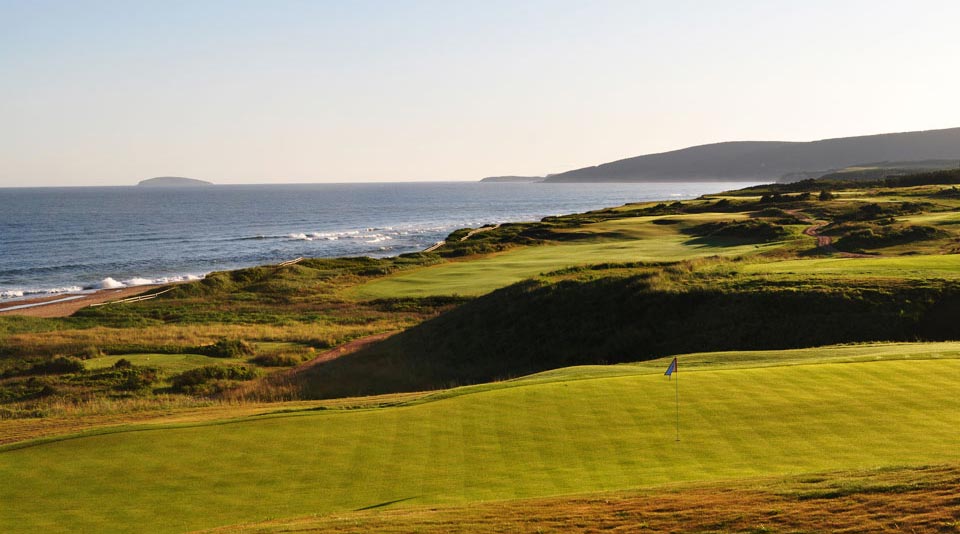
Inverness, Nova Scotia, Canada Rod Whitman, 2012
Developers Ben Cowan-Dewar and Mike Keiser handed over a rolling plot of coastal Nova Scotia terrain to Canadian architect Rod Whitman. The result is Canada's first authentic links. Firm, rumpled, fescue fairways, coastal breezes and endless views of the Gulf of St. Lawrence make it abundantly clear why Nova Scotia is the Latin name for “New Scotland.” Whitman’s talent for adding micro-contours in and around the greens is unsurpassed but are overlooked here because the views are so spectacular. (Up 14)

New Haven, CT C.B. Macdonald/Seth Raynor/Charles Banks, 1926
A herculean building effort by Raynor, Yale embodies the maxim that a world-class course must possess — you guessed it — world-class holes. There are plenty to pick from here, including the 1st, 4th, 8th, 10th and the love-it-or-hate-it 18th, but the hole everyone needs to see at least once in their life is the famous downhill Biarritz 9th. Who knew inland golf could be this exciting? (New)
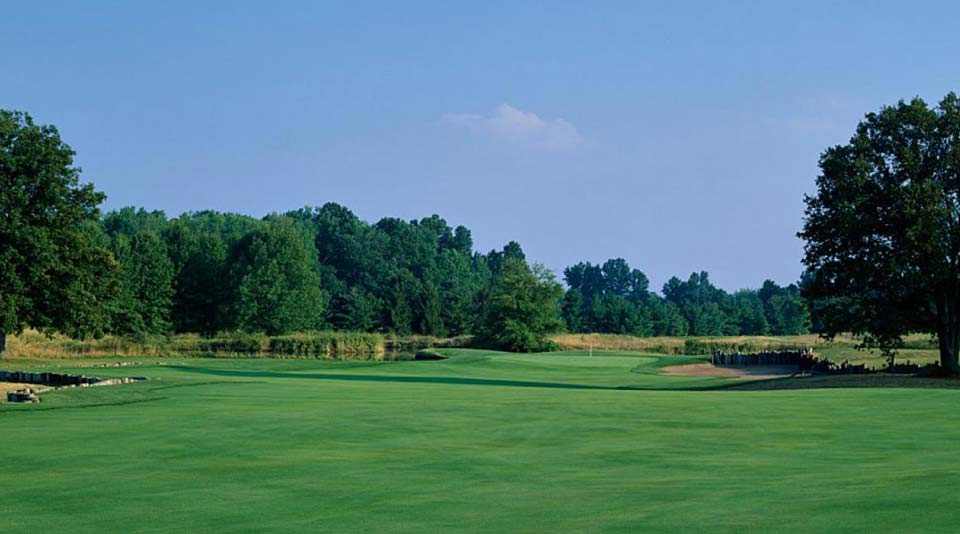
New Albany, OH Pete Dye, 1967
One of Pete Dye's early masterworks, this men’s-only domain in suburban Columbus was where Jack Nicklaus was introduced to design, as an unpaid consultant. With bunkers and water hazards framed by railroad ties and tall native grasses scattered throughout, the distinctive Dye style began to take hold. A superb set of par-5s is a highlight. (Down 5)

Dublin, OH Jack Nicklaus/Desmond Muirhead, 1974
Conceived by Jack Nicklaus in 1966 to be his hometown equivalent of Bobby Jones' Augusta National, this 1974 collaboration with architect Desmond Muirhead was an instant smash, as much for its strategic design as for its flawless conditioning. Equally impressive was how Nicklaus seamlessly integrated spectator areas into the closing holes, using hillsides and amphitheater-style mounding to provide patrons with clear views of the action. Nicklaus Design is rebuilding the greens as part of renovation that will be completed before the 2021 Memorial Tournament. (Down 26)
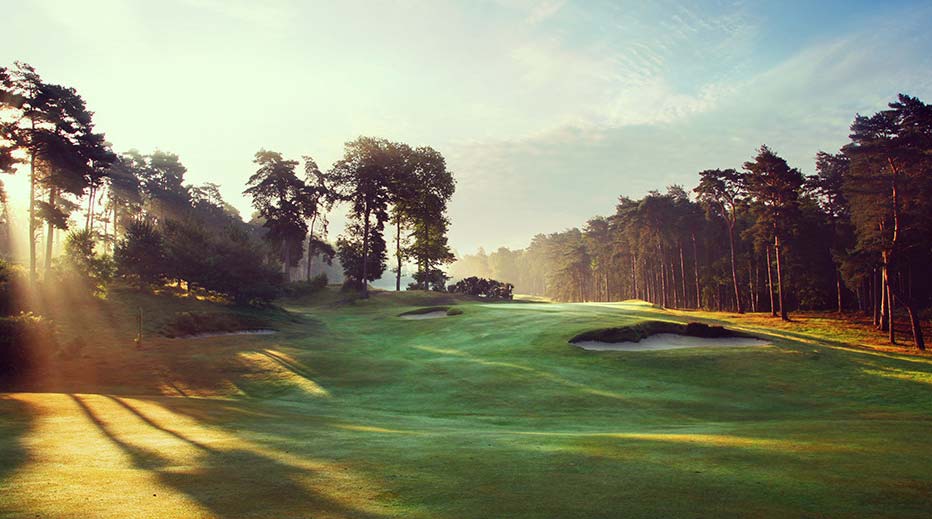
Weybridge, England H.S. Colt, 1913
From London’s heathland to the cliffs of Northern Ireland to sandy sites in the Netherlands, Colt enjoyed many fine sites in Europe over his extended career. One of the best is this property, where Colt teased a diverse collection of holes from the rolling landscape. His placement of the green sites — some on knobs or plateaus, some at ground level and the magnificent 10th green at the hole’s low point beyond a hillock define the challenge. (New)

Bandon, OR Bill Coore/Ben Crenshaw, 2005
Several of Coore & Crenshaw’s finest designs are located at hard-to-access private clubs but many of their works are available to the public, courtesy oftentimes of Mike Keiser. This is one of their best — public or private — and the fact that you don’t miss the sight of the water for most of the round speaks volumes to its design quality. (New)

Utrecht, The Netherlands H.S. Colt, 1929
Modern architecture did itself no favors by pursuing holes that constantly scream at the golfer, because at some point the golfer goes tone deaf. Colt never went down that path and he achieved the best possible result here in that he produced a course that would be a delight to play every day. De Pan doesn’t have the topography of St. George’s Hill but it does have sand dunes sprinkled throughout the property. A master router, Colt incorporated them in every possible manner. (New)
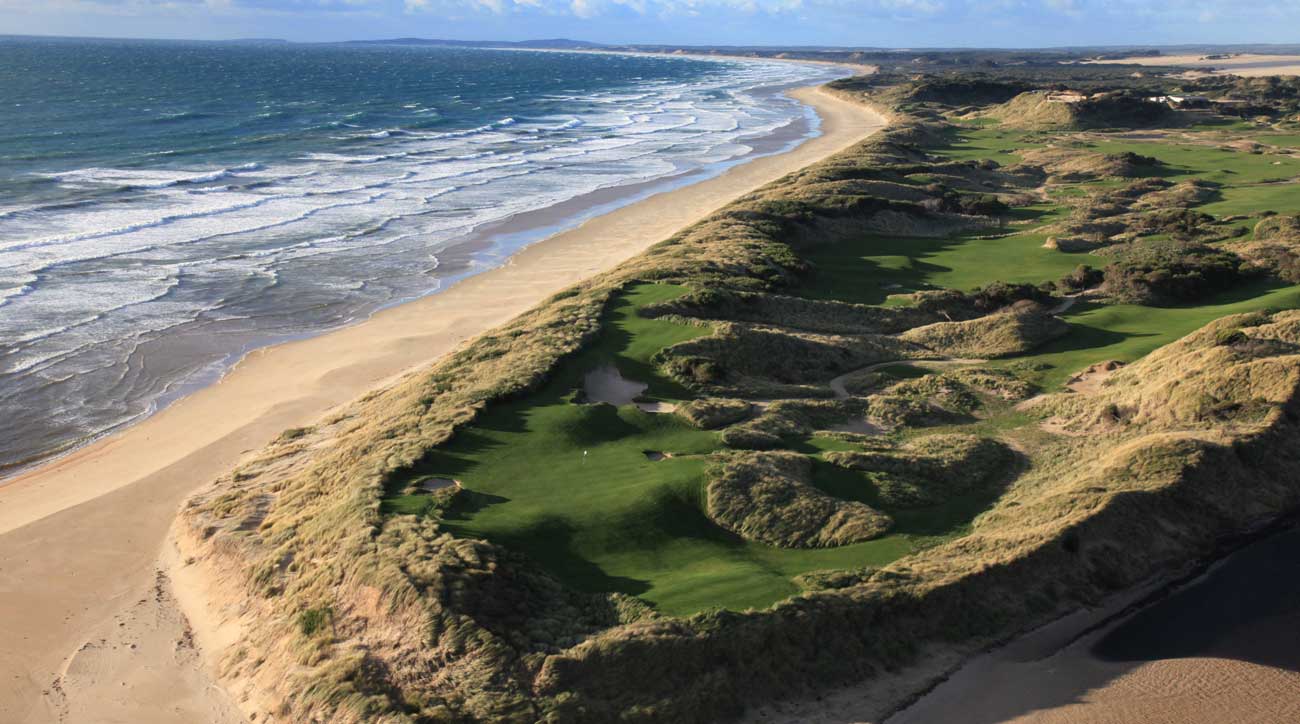
Bridport, Australia Bill Coore/Ben Crenshaw, 2010
The companion to Barnbougle Dunes yields a Bill Coore/Ben Crenshaw design that differs from its Tasmanian sibling in that its huge dunes run both parallel and perpendicular to the ocean, so holes play up and over the dunes, as well as between them. The exposed, gorgeous par-3 4th that juts out to the tip of Sally's Point invites comparisons to Pebble Beach's 7th. (Up 1)

Tadworth, England Herbert Fowler, 1904
Its stark, open-plain setting is the definition of a heathland and as a test of character and shotmaking, Walton Heath has few peers. A strategic delight, it is stern but fair, with heather, gorse, rough and penal, high walled bunkers that must be avoided. The acidic soil is free-draining, allowing for firm fairways that yield plenty of links-like run, and its open expanse means that wind is a likely consideration. Walton Heath was the venue of the 1981 Ryder Cup, when arguably the strongest American side of all time demolished the Europeans, 18.5 to 9.5. (Up 2)
